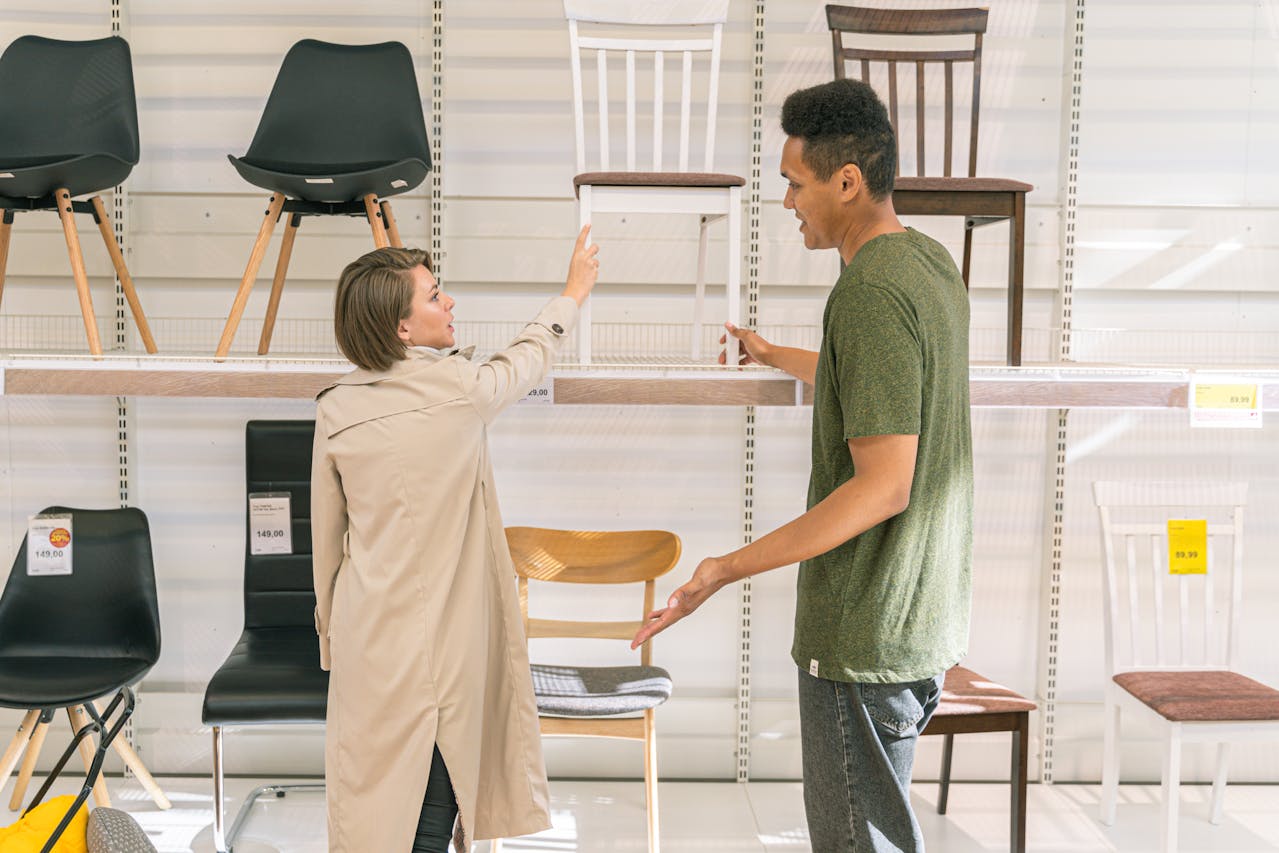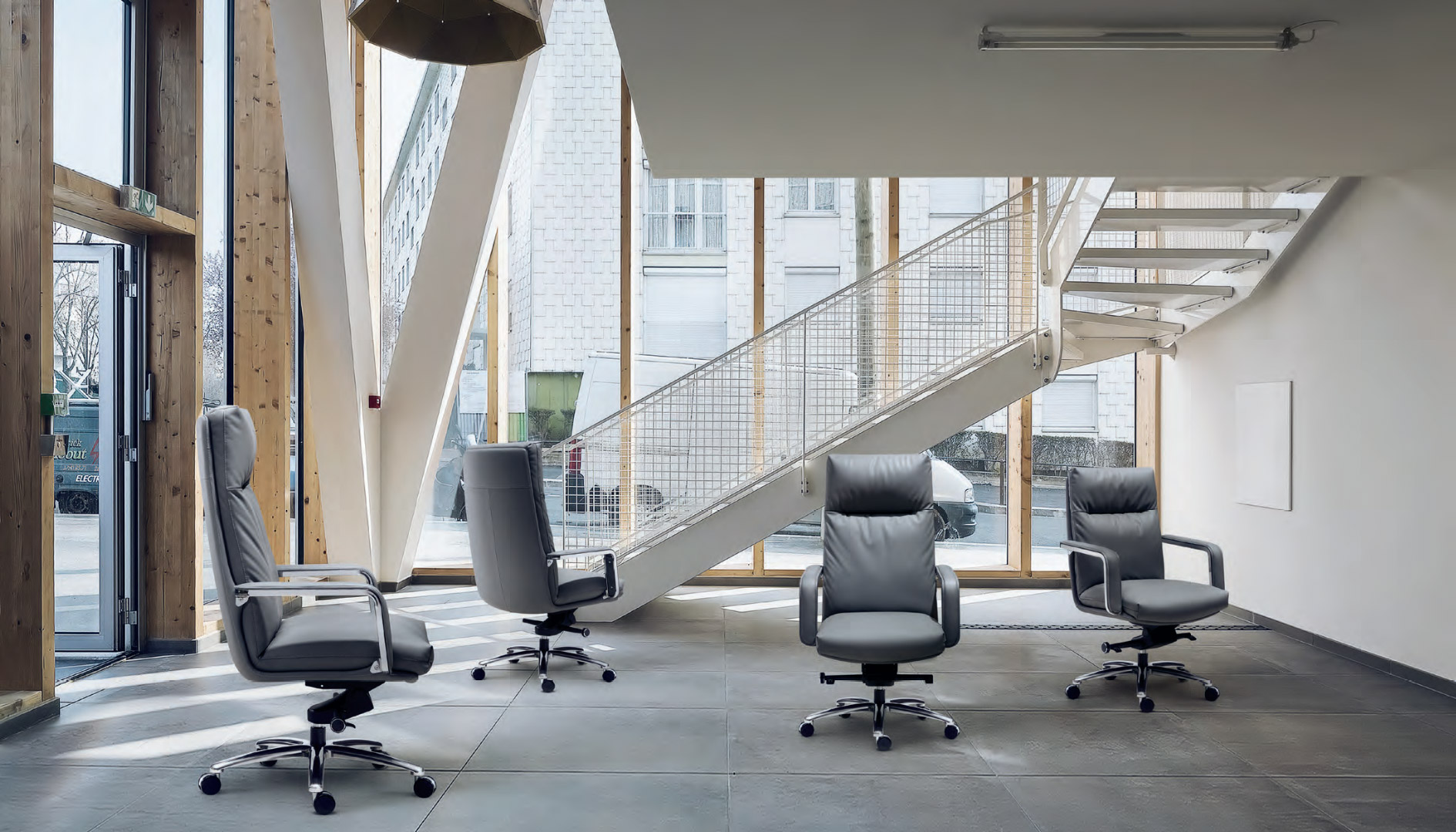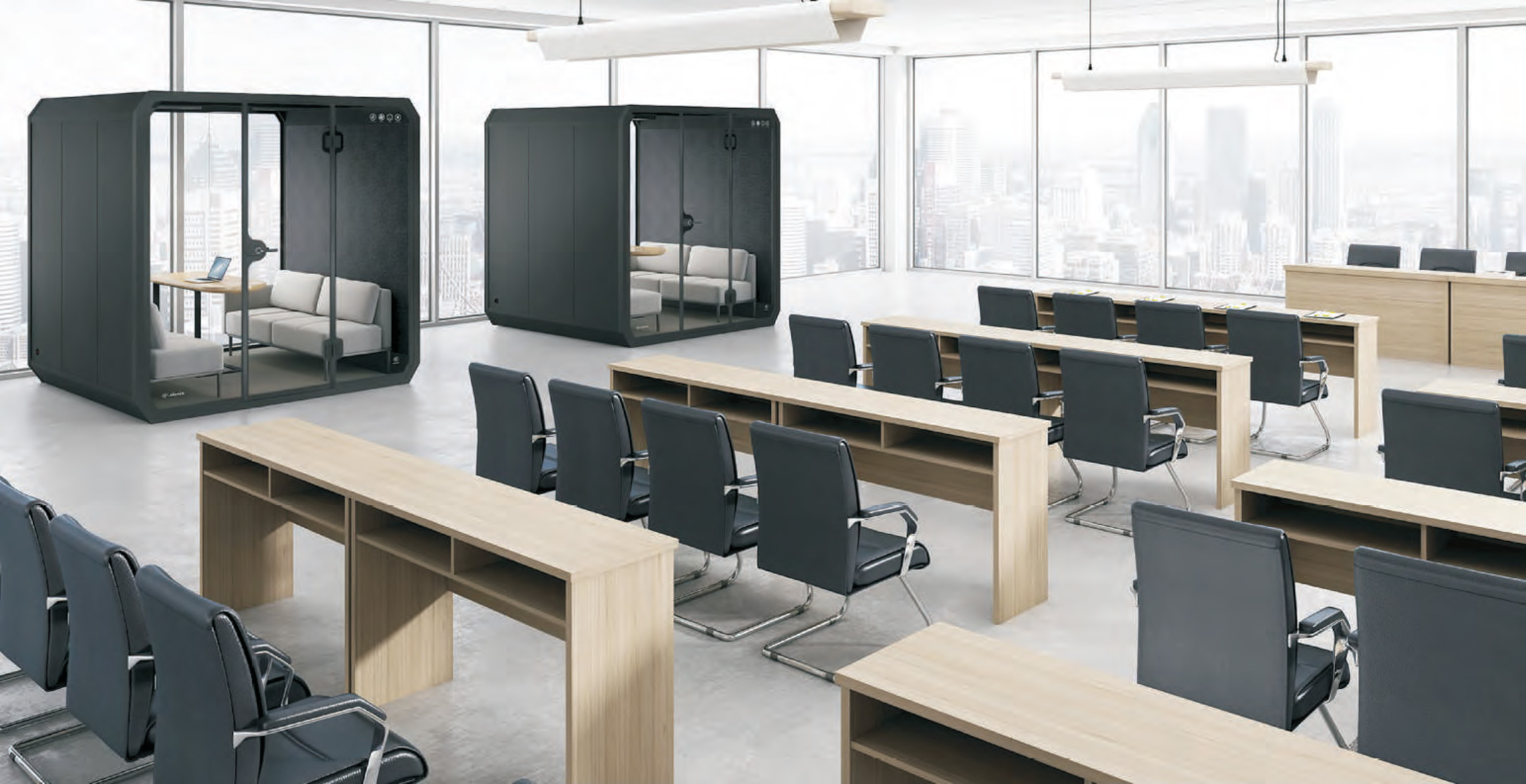Introduction: The Canteen as More Than a Break Room
In many companies, the canteen or staff café is one of the most overlooked areas of the workplace. It is often treated as a purely functional space, a place to grab lunch or coffee before returning to “serious” work. Yet the canteen plays a vital role in shaping staff morale, encouraging informal collaboration, and expressing the company’s values.
For Australian executives seeking to build strong cultures, the canteen is not just a break room — it is a reflection of corporate identity. A thoughtfully designed canteen sends a clear message: we value our people, we support wellness, and we take pride in every corner of our workplace. When designed with intention, the canteen becomes a premium cultural asset rather than an afterthought.
The Canteen as a Cultural Barometer
Staff notice the difference between a workplace that invests in its canteen and one that does not. A cramped, uninspiring room filled with mismatched tables signals that staff wellbeing is a low priority. By contrast, a canteen furnished with coordinated, elegant furniture communicates care and respect. It becomes a space employees look forward to visiting, not just for meals but for relaxation, socialising, and even informal meetings.
Visitors also take cues from the canteen. Clients and partners who see a well-designed space understand that the company values its people and culture. The canteen thus becomes part of the organisation’s brand, reinforcing the message of professionalism and prestige.
Balancing Functionality with Style
At its core, the canteen must be functional. Furniture needs to be durable, easy to clean, and capable of withstanding constant use. But functionality should not come at the expense of elegance. The best canteens achieve a balance where practical needs are met while design details elevate the space into something memorable.
Tables should be sturdy yet stylish, offering generous surfaces for both solo diners and groups. Seating should be comfortable but resilient, ideally blending ergonomic features with premium finishes. Materials such as polished timber, brushed steel, or stone surfaces project longevity and class while still meeting hygiene standards.
Encouraging Collaboration and Connection
Canteens are increasingly recognised as spaces where collaboration thrives. Unlike formal meeting rooms, canteens create informal environments where conversations flow naturally. Shared dining tables, communal benches, and lounge-style seating encourage cross-department interaction. These spontaneous conversations often spark new ideas and strengthen bonds between staff.
By designing the canteen as a hub of connection, companies turn downtime into opportunities for creativity and relationship building. This approach reflects a culture where collaboration is encouraged at every level.
Integrating Brand Identity
Just as boardrooms and reception areas are aligned with corporate branding, canteens should also reflect the company’s identity. This can be achieved through colour schemes, furniture finishes, and artwork that mirror the wider office design.
A premium canteen designed in harmony with the rest of the workplace reinforces consistency. Staff experience a seamless brand environment that extends beyond workstations and executive offices, reminding them that the company’s culture is present in every detail.
Supporting Health and Wellbeing
Canteens play a role in wellness initiatives. Natural lighting, comfortable furniture, and calming design elements create restorative spaces where staff can genuinely recharge. Some companies integrate biophilic design — incorporating plants and natural textures — to reduce stress and improve air quality.
Furniture can also support wellbeing. Ergonomic seating ensures staff remain comfortable during breaks, while flexible layouts provide both communal areas and private corners for quiet time. These details communicate that staff health is a corporate priority.
Sustainability in Canteen Design
Sustainability is becoming non-negotiable in modern workplaces. Premium canteen spaces incorporate eco-friendly furniture and finishes, from FSC-certified timber tables to recycled metal frames and low-VOC coatings. Durable furniture reduces waste, while modular designs allow layouts to evolve without frequent replacements.
A sustainable canteen demonstrates responsibility to both staff and clients. It aligns corporate culture with environmental values, reinforcing the message that success and responsibility can coexist.
The Return on Investment
Some executives may hesitate to invest in premium canteen design, but the returns are clear. Staff productivity rises when employees feel valued and energised. Retention improves when culture is strengthened through thoughtful design. Clients and visitors leave with positive impressions of a company that pays attention to every detail.
A canteen that reflects a premium corporate culture is not a luxury — it is a strategic asset. It delivers long-term value through higher morale, stronger reputation, and greater cohesion across the organisation.
Conclusion: Culture Served Daily
The corporate canteen is far more than a place to eat. It is a cultural stage, a hub for connection, and a reflection of how the company values its people. By designing canteens with coordinated, premium furniture, executives demonstrate that every part of the workplace matters.
A canteen that reflects a premium corporate culture elevates staff experience, strengthens reputation, and reinforces values in tangible ways. Success, after all, is not just built in boardrooms — it is nourished daily in the canteen.










